Depression and Mood Disorders
What is Depression?
Everyone occasionally feels blue or sad, but these feelings are usually fleeting and pass within a couple of days. When a woman has a depressive disorder, it interferes with daily life and normal functioning, and causes pain for both the woman with the disorder and those who care about her. Depression is a common but serious illness, and most who have it need treatment to get better.
Depression affects both men and women, but more women than men are likely to be diagnosed with depression in any given year. Efforts to explain this difference are ongoing, as researchers explore certain factors (biological, social, etc.) that are unique to women.
Many individuals with a depressive illness never seek treatment. But the vast majority, even those with the most severe depression, can get better with treatment.
What are the Different Forms of Depression?
There are several forms of depressive disorders that occur in both women and men. The most common are major depressive disorder and dysthymic disorder. Minor depression is also common.
Minor depression may also occur. Symptoms of minor depression are similar to major depression and dysthymia, but they are less severe and/or are usually shorter term.
Some forms of depressive disorder have slightly different characteristics than those described above, or they may develop under unique circumstances. However, not all scientists agree on how to characterize and define these forms of depression. They include the following:
What is Bipolar Disorder?
Bipolar disorder, or manic depression, is a medical illness that causes extreme shifts in mood, energy, and functioning. These changes may be subtle or dramatic and typically vary greatly over the course of a person’s life as well as among individuals. Over 10 million people in America have bipolar disorder, and the illness affects men and women equally. Bipolar disorder is a chronic and generally life-long condition with recurring episodes of mania and depression that can last from days to months that often begin in adolescence or early adulthood, and occasionally even in children. Most people generally require some sort of lifelong treatment. While medication is one key element in successful treatment of bipolar disorder, psychotherapy, support, and education about the illness are also essential components of the treatment process.
What are the Symptoms of Mania?
Mania is the word that describes the activated phase of bipolar disorder. The symptoms of mania may include:
What are the Symptoms of Depression?
Depression is the other phase of bipolar disorder. The symptoms of depression may include:
What is a “Mixed” State?
A mixed state is when symptoms of mania and depression occur at the same time. During a mixed state depressed mood accompanies manic activation.
What is Rapid Cycling?
Sometimes individuals may experience an increased frequency of episodes. When four or more episodes of illness occur within a 12-month period, the individual is said to have bipolar disorder with rapid cycling. Rapid cycling is more common in women.
What are the Causes of Bipolar Disorder?
While the exact cause of bipolar disorder is not known, most scientists believe that bipolar disorder is likely caused by multiple factors that interact with each other to produce a chemical imbalance affecting certain parts of the brain. Bipolar disorder often runs in families, and studies suggest a genetic component to the illness. A stressful environment or negative life events may interact with an underlying genetic or biological vulnerability to produce the disorder. There are other possible “triggers” of bipolar episodes: the treatment of depression with an antidepressant medication may trigger a switch into mania, sleep deprivation may trigger mania, or hypothyroidism may produce depression or mood instability. It is important to note that bipolar episodes can and often do occur without any obvious trigger.
How is Bipolar Disorder Treated?
While there is no cure for bipolar disorder, it is a treatable and manageable illness. After an accurate diagnosis, most people can achieve an optimal level of wellness. Medication is an essential element of successful treatment for people with bipolar disorder. In addition, psychosocial therapies including cognitive-behavioral therapy, interpersonal therapy, family therapy, and psychoeducation are important to help people understand the illness and to internalize skills to cope with the stresses that can trigger episodes. Changes in medications or doses may be necessary, as well as changes in treatment plans during different stages of the illness.

